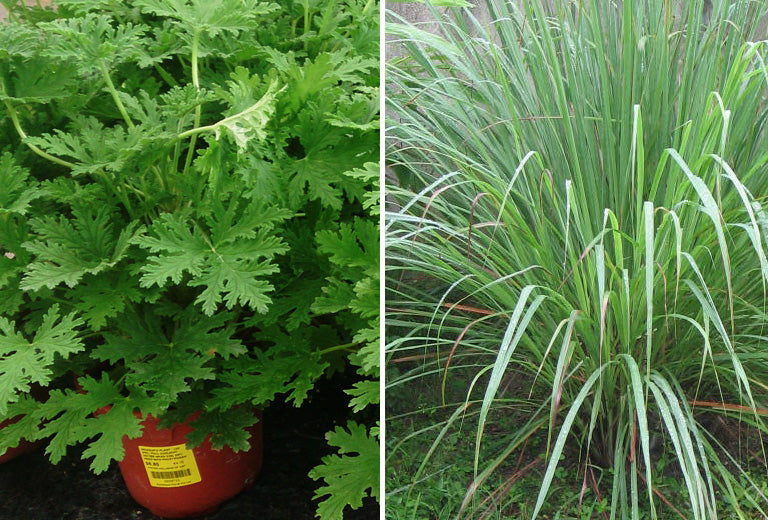If you’ve ever dealt with a carpenter bee infestation – or any other insect infestation, for that matter – you know that things can get out of hand quickly. One critter turns two, two to four, and suddenly, before you know it, you’re playing host to an unwelcome colony of insect imperialists. OK, OK, maybe that’s a little dramatic, but time is of the essence if you are trying to prevent or eliminate problem insect activity in or around your home. As a result, it’s tempting to adopt methods for extermination and removal that are sometimes…well, just not all that pleasant. Of this list of undesirables, we’re focusing our efforts today on the proverbial “yellow sticky trap,” or flypaper.
Do Yellow Sticky Traps Catch Bees?
You may be asking yourself, “Sticky bug traps? What’s the problem there?” It’s true that by and large, sticky traps utilize nontoxic glue and steer clear of harmful pesticides. However, what makes them a less than ideal product for carpenter bee infestations is not so much their material makeup as it is their indiscriminate method. Sticky traps don’t just catch carpenter bees; they catch anything that can crawl or fly into it, from beneficial ladybugs to butterflies. And sticky traps without bird guards, or with bird guards or hardware cloth with holes that are too large, may capture hummingbirds or even fledglings of other species.
In the commercial fishing world, this is called bycatching (think dolphins and tuna), but it can apply to your own backyard. In some cases, sticky traps may even catch endangered insects and other small animals that are protected by the Endangered Species Act, such as the rusty-patched bumble bee in Wisconsin and Ohio, or rare butterflies and beetles around the US1. Sticky traps can harm innocent and often beneficial creatures that you want to keep around, and using them to get rid of pests goes against our sustainability principles here at Best Bee Brothers.

Sticky traps have long been the scourge of wildlife rehabilitators around the world. In fact, every year, swallows, hummingbirds, and even barred owls get caught in these traps, and as the birds attempt to get free, they can break bones, damage their feathers and die in the process2. While flypaper-like yellow sticky traps aren’t exactly the same as the black glue traps used to catch rodents, the concept is the same. The WildCare Wildlife Hospital in San Rafael, California, notes that “the glue trap doesn’t instantly kill the animal — the glue is not toxic. Instead, the animal stays stuck, dying over the course of several days from starvation, dehydration and suffocation3.
WildCare “admits a dozen or more animals stuck to glue traps every year… Animals stuck to glue traps will rip off their own skin and fur trying to escape. They will even chew off their own limbs in a desperate attempt to get away. They inflict terrible injuries on themselves, even fracturing limbs, trying to get free. Trapped animals suffer for days as they slowly suffocate and starve.” And that’s just one example. Multiply cases like those at WildCare across the country, and that amounts to a lot of animal suffering.

For this reason, we remind our customers that there’s a better, more animal-friendly way to capture pests without harming non-target insects and other animals. When you choose products like our Best Carpenter Bee Trap, you can be assured that it was designed with carpenter bees in mind, and that birds and beneficial insects won’t be caught.
Say Goodbye to Sticky Bug Traps and “Hello!” to Seeds
Since its inception, Best Bee Brothers has been committed to fostering biodiversity and furthering the protection of natural wildlife habitats. As such, we believe making a positive impact starts in our own backyards. So what is biodiversity? It’s a long word for a simple concept: the more species of plants and animals in a given area, the more biodiverse it is. How can you nurture biodiversity in your own backyard? When you create a habitat that’s safe for honeybees, bumble bees, butterflies and birds, everyone benefits!
At Best Bee Brothers, we want to promote biodiversity with a call to action in our own backyards: BEE a Backyard Hero! To get you started, we are offering a FREE packet of The Bee’s Knees Seeds with every order. Scatter your seeds, watch them flourish, and BEE a Backyard Hero! (Note: Promotion offered from March 2022, and will continue while supplies last).
- “Endangered Species Act, Trapping, and Bycatch,” Cooperative Agricultural Pest Survey, Purdue University, accessed April 19, 2022, https://caps.ceris.purdue.edu/pest-surveillance-guidelines/esa.
- Suzie Gilbert, “Glue Trapped,” 10,000 Birds, August 15, 2014, https://www.10000birds.com/glue-trapped.htm.
- “Never Use Glue Traps,” WildCare, accessed March 30, 2022, https://discoverwildcare.org/never-use-glue-traps.









Leave a comment
All comments are moderated before being published.
This site is protected by hCaptcha and the hCaptcha Privacy Policy and Terms of Service apply.